Red Light Therapy for Pets
Discover the healing power of red light therapy for pets
Red light therapy offers a natural way to support your pet’s health. From relieving pain and reducing inflammation to speeding up recovery and improving mobility, our red light therapy products provide targeted relief and comfort. Best of all, it’s gentle enough for daily use, ensuring your pet enjoys maximum benefits without any stress or discomfort.
Red light therapy provides gentle pain relief without the need for medications. It’s particularly effective for pets suffering from arthritis, joint pain, or muscle soreness, helping them move more comfortably and stay active.
Whether your pet is recovering from surgery, an injury, or a wound, red light therapy can speed up the healing process. The light penetrates deep into tissues, stimulating cellular repair and reducing inflammation, which leads to faster recovery times.
For aging pets or those with chronic conditions, red light therapy can enhance mobility by reducing stiffness and promoting better joint health. This allows your pet to enjoy a higher quality of life with more ease and freedom of movement.
Unlike some treatments that can be stressful or uncomfortable for pets, red light therapy is completely safe and non-invasive. It’s gentle enough for daily use and well-tolerated by pets of all sizes and ages, including those with sensitive skin.
Red light therapy can be used to treat a wide range of conditions, from skin issues to internal pain, making it a versatile tool in your pet’s health regimen. It’s suitable for various animals, including dogs, cats, horses, and more.
Regular use of red light therapy can contribute to your pet’s overall wellness by boosting circulation, reducing inflammation, and supporting immune function. This holistic approach helps maintain your pet’s health and prevent future issues.
With portable, wearable, and easy-to-apply devices available, red light therapy can be conveniently administered at home or on the go. This ensures that your pet gets the care they need without the stress of frequent vet visits.

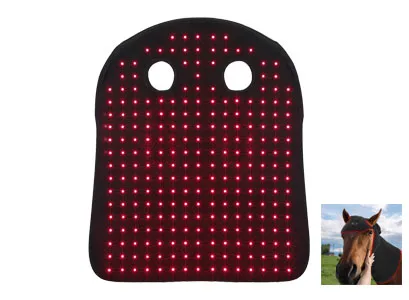
√ Leds Qty.: 210pcs
√ Output: DC12V 3A
√ Size: 808*693mm
√ Providing targeted therapeutic benefits for equine wellness.
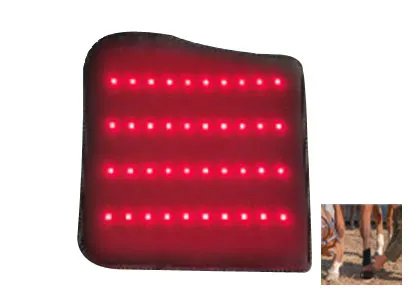
√ Leds Qty.: 48pcs
√ Output: DC5V 2A
√ Size: 320*320mm
√ Providing targeted support for equine leg health and mobility.
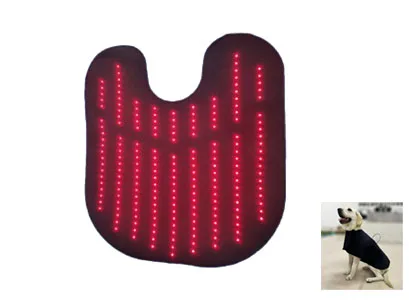
√ Leds Qty.: 210pcs (Tri-chip)
√ Output: DC12V 3A
√ Size: 780*700mm
√ Delivers soothing, full-body therapy to small pets, like dogs.
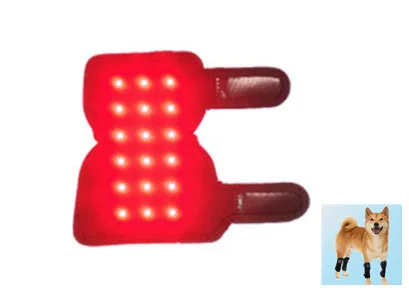
√ Leds Qty.: 18pcs (Dual-chip)
√ Output: DC5V 2A
√ Size: 215*160mm
√ Provides targeted relief to small pets, like dog legs.
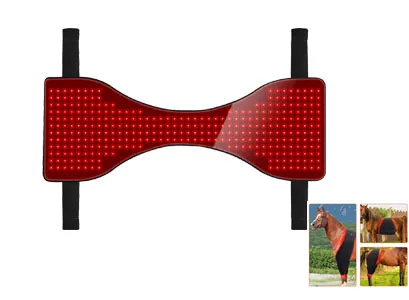
√ Leds Qty.: 320pcs (Dual-chip)
√ Output: DC12V 3A
√ Size: 808*693mm
√ It’s versatile, can be used for horses neck, back, hip red light therapy.
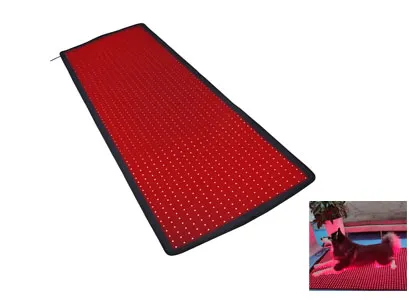
√ Leds Qty.: 630pcs, 1260pcs, 1440pcs options
√ Output: DC12V 10A
√ Size: Wide options
√ Red light therapy mat for lying down, healing and relax.
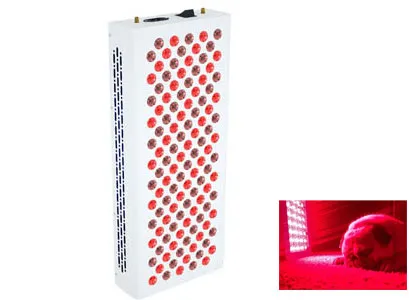
√ Leds Qty.: 60pcs, 300pcs, 400pcs options
√ Input; AC 100-240V
√ Size: Wide options
√ Powerful red light therapy panel for professional therapy
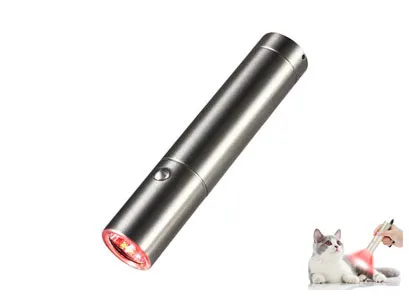
√ Leds Qty.: 3 Leds (630nm + 660nm+ 850nm)
√ 18650 Battery
√ Compact and portable device offers precise red light therapy for small, targeted areas, ideal for treating localized pain.


Red light therapy works by delivering low-level wavelengths of red and near-infrared light directly to your pet’s skin and underlying tissues.
The red and near-infrared light penetrates deep into your pet’s tissues, reaching muscles, joints, and even bones. This light energy is absorbed by cells, particularly the mitochondria, which are the powerhouses of the cells.
Once absorbed, the light energy stimulates cellular activity, increasing the production of ATP (adenosine triphosphate), the energy currency of the cells. This boost in cellular energy helps cells function more efficiently and repair damage faster.
Red light therapy helps to reduce inflammation by promoting better blood flow and oxygenation in the affected areas. This improved circulation brings essential nutrients to damaged tissues, aiding in the healing process and reducing pain.
The therapy also triggers the release of endorphins, which are the body’s natural painkillers. This leads to immediate pain relief, making it particularly beneficial for pets suffering from chronic conditions like arthritis or post-surgical pain.
By promoting faster cellular repair and reducing inflammation, red light therapy accelerates the healing of wounds, injuries, and post-surgical sites. It also helps in reducing scar tissue formation, leading to more complete recovery.
One of the biggest advantages is that it’s non-invasive and gentle, causing no discomfort to your pet. The treatment is easy to administer at home, making it a stress-free option for both pets and their owners.
Red light therapy for cat:
Red light therapy for dogs:
Red Light Therapy Horses:
Red light therapy is a natural, effective, and safe way to support pet’s health, providing relief from pain, speeding up recovery, and enhancing their overall well-being.
These targeted applications allow red light therapy to be customized for different animals and their specific health needs, providing a versatile and effective treatment option across a wide range of species.
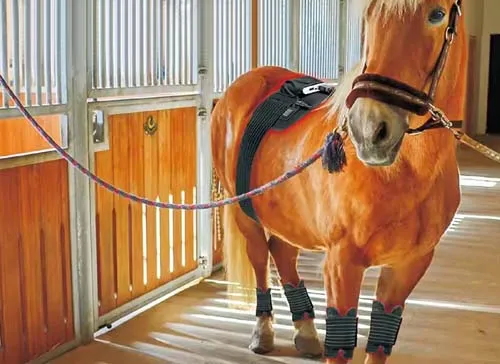
Red Light Therapy Pad for horses is specifically designed to deliver therapeutic benefits across large areas of your horse’s body. This easy-to-use pad covers key muscle groups and joints, providing deep-penetrating red and infrared light to reduce inflammation, relieve pain, and accelerate healing.
This compact and flexible pad wraps comfortably around your pet’s legs or ankles, delivering soothing red and infrared light to target and treat joint pain, inflammation, and injuries in these critical areas. Perfect for pets with arthritis, sprains, or post-surgical recovery.
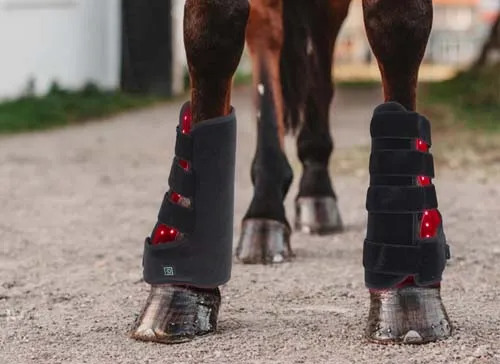

This cloak wraps is a versatile and comfortable solution for delivering full-body therapeutic benefits. It around your dog, providing targeted red and infrared light to help reduce pain, ease joint stiffness, and promote overall wellness. Ideal for dogs with arthritis, chronic pain, or muscle soreness

Different wavelength leds available. 490nm, 630nm, 660nm, 830nm, 850nm etc.

Pulsing function is available, 0-10000Hz supported.

Timing, dimming, modes switching and daisy chained function, etc.

Logo and brand can be out on products and package.

We have wide range from 9W to 270W for wearable devide, and 50w to 3000w for big devices. You can custom yours.

We have different types of red light therapy products for human head to foot. And also some for pets.

Yes, red light therapy is safe for pets. This non-invasive treatment uses red and near-infrared light wavelengths that penetrate the skin and tissues without causing harm or discomfort. Unlike more invasive treatments, red light therapy does not involve chemicals, drugs, or surgery, making it an ideal option for animals of all ages and health conditions.
How It Works: Red light therapy operates by stimulating cellular activity within the body. The light energy is absorbed by the cells, which can help accelerate healing processes, reduce inflammation, and alleviate pain. The wavelengths used in red light therapy are specifically chosen to ensure they penetrate deeply enough to be effective while remaining gentle enough to avoid any damage to the skin or tissues.
No Known Side Effects: One of the key benefits of red light therapy is its safety profile. There are no known side effects when using red light therapy correctly on pets. The treatment is painless and non-stressful, which is especially important when dealing with animals that may already be anxious or in pain. Pets typically tolerate the therapy well, often experiencing a sense of relaxation during and after sessions.
Veterinary Approval: Many veterinarians recommend red light therapy as a complementary treatment for a variety of conditions, including arthritis, joint pain, wound healing, and skin conditions. It’s always a good idea to consult with your veterinarian before starting red light therapy, particularly if your pet has a specific medical condition or if you are unsure about the appropriate usage.
At-Home Safety Tips: When using red light therapy at home, it’s important to follow the manufacturer’s instructions carefully. Make sure to:
Yes, wearable red light therapy is generally safe for daily use. Here’s why:
Overall, wearable red light therapy is a safe, effective, and convenient option for daily use, helping you achieve your wellness goals with minimal risk.
Red light therapy is a versatile treatment that can help alleviate a variety of conditions in pets by promoting healing, reducing inflammation, and relieving pain. Here are some common conditions that can benefit from red light therapy:
Using red light therapy on your dog is a straightforward process, but it’s essential to follow the correct steps to ensure safety and effectiveness. Here’s a guide on how to administer red light therapy to your dog:
If you are still not sure how to do it, please feel free to contact us, we can give you instruction and recommend the suitable red light therapy device for you.
Yes, red light therapy can safely be combined with other treatments for your pet, and in many cases, it can enhance the overall effectiveness of a comprehensive treatment plan. Here’s how it can work alongside other therapies:
Combining red light therapy with other treatments can provide a more comprehensive approach to managing your pet’s health, enhancing the overall effectiveness and helping your pet recover and maintain well-being more efficiently.
While both red light therapy and laser therapy are popular treatments for pets, they differ significantly in terms of technology, intensity, and application. Here’s a breakdown of the key differences:
Contact us with your needs, our professional sales will help you place order.